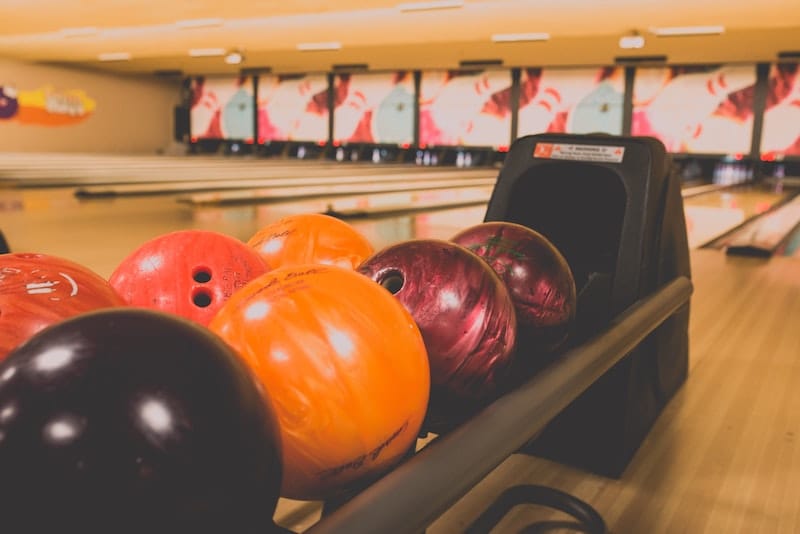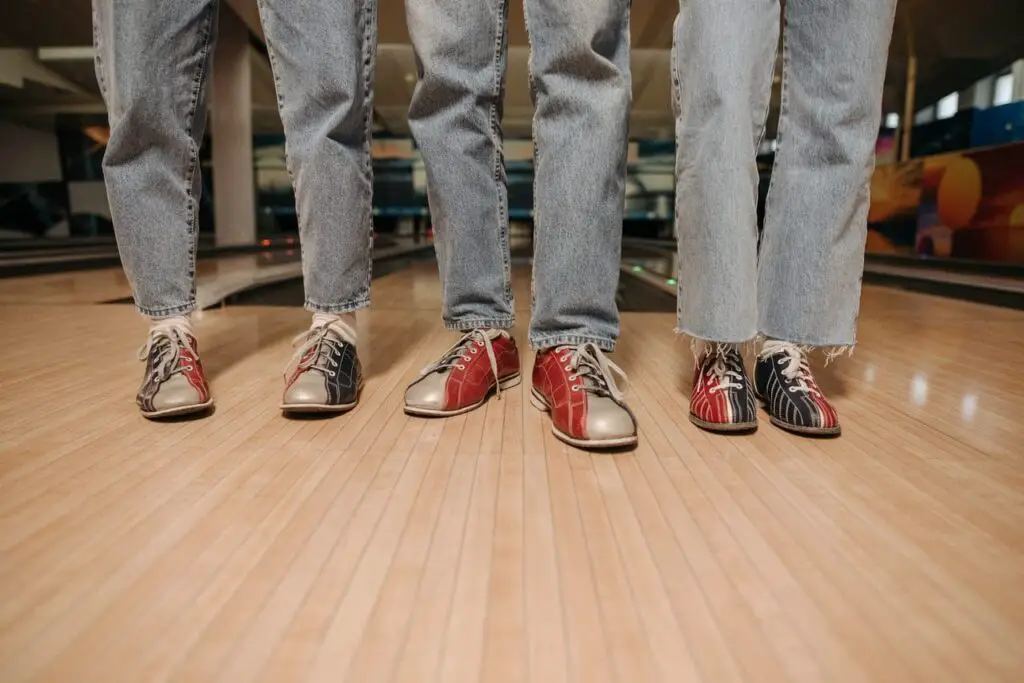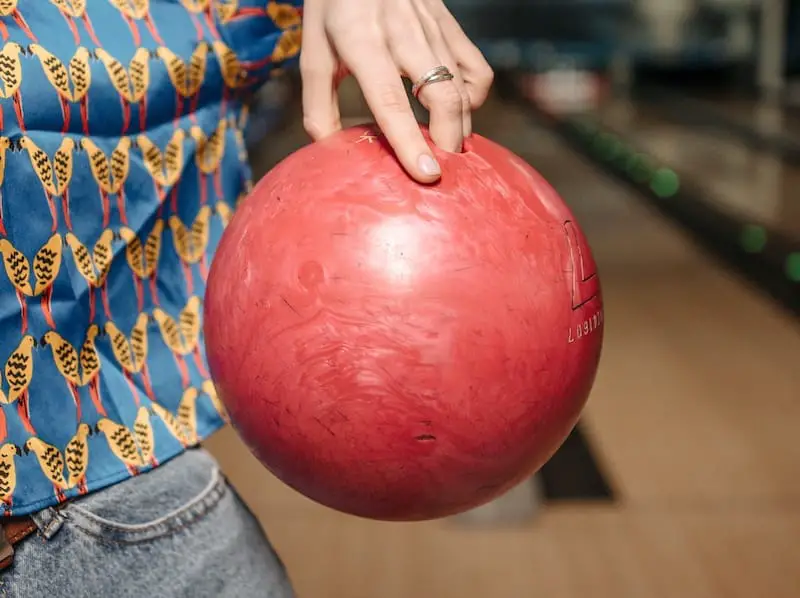Bowling has been a beloved sport for centuries, captivating players with its unique blend of skill, strategy, and camaraderie. Central to the game’s enjoyment and challenge is the surface on which it’s played: the bowling lane. This guide delves into the materials used in bowling lanes, their historical evolution, benefits, manufacturing, and the critical maintenance practices that ensure their longevity.
The Manufacturing Process of Bowling Lanes
The creation of bowling lanes, whether hardwood or synthetic, involves a meticulous process. Hardwood lanes are constructed by bonding together strips of maple and pine, followed by planing, sanding, and finishing with a protective coating. Synthetic lanes, on the other hand, are produced by compressing layers of resin-infused fiberboard, which are then topped with a wear-resistant surface that simulates the grain and friction of traditional wood lanes.
Maintenance and Care for Longevity
The key to extending the life of a bowling lane, regardless of material, lies in regular and proper maintenance. This includes daily cleaning to remove oil, dust, and debris, as well as periodic deep cleaning and conditioning to preserve the lane’s surface. Professional resurfacing is recommended every few years for hardwood lanes, while synthetic lanes may only require minor repairs and top-coating to address normal wear.
Technological Advancements in Lane Construction
Innovation continues to play a significant role in the development of bowling lane materials. Advances in chemical engineering have led to the creation of more durable and resilient synthetic surfaces, while improvements in wood treatment technologies have extended the life of hardwood lanes. These advancements ensure that modern bowling lanes can withstand the rigors of heavy use while providing a consistent and enjoyable playing experience.
The Role of Coatings and Finishes
The performance and longevity of a bowling lane are significantly influenced by its finish. High-quality, durable coatings are applied to protect the lane surface from mechanical wear, moisture, and impact damage. These finishes also play a crucial role in the lane’s playability, affecting the ball’s traction and speed. Whether for hardwood or synthetic lanes, the choice of finish is critical for maintaining optimal conditions over time.
Environmental Considerations in Lane Material Choice
The selection of lane materials also reflects growing environmental concerns. Hardwood lanes, while offering a natural and traditional playing surface, require the use of timber from hardwood forests. In contrast, synthetic lanes utilize man-made materials that can be more easily controlled for sustainability and reduced environmental impact. The industry continues to explore eco-friendly materials and manufacturing processes to lessen bowling’s ecological footprint.
Common Issues and Solutions for Bowling Lane Upkeep
Maintaining bowling lanes involves addressing common issues such as scratches, dents, and oil buildup. For hardwood lanes, sanding and refinishing can restore the surface, while synthetic lanes may benefit from localized repairs and recoating. Implementing a routine maintenance schedule is essential for preventing major damage and ensuring the longevity of the lanes.
The Cost Factor: Installation and Maintenance
The initial investment and ongoing maintenance costs vary significantly between hardwood and synthetic lanes. Hardwood lanes, while initially more costly due to the materials and installation process, require more frequent and intensive maintenance. Synthetic lanes, with their lower upfront costs and reduced maintenance requirements, offer a more economical choice over the long term for many bowling alley operators.
Bowling Lane Regulations and Standards
The construction and maintenance of bowling lanes are governed by regulations set forth by governing bodies such as the United States Bowling Congress (USBC). These standards ensure that lanes meet specific criteria for material, length, width, and surface characteristics, providing a consistent and fair playing field for all participants.
Impact of Lane Material on Bowling Techniques
The choice of lane material can significantly affect bowling strategies and techniques. Hardwood lanes, with their unique wear patterns and oil absorption, require bowlers to adapt their approach and ball selection. Synthetic lanes offer more consistent conditions but may necessitate adjustments in speed and spin to achieve optimal performance. Understanding the nuances of each material helps bowlers refine their game and achieve better scores.
Characteristics of Hardwood Bowling Lanes
Hardwood lanes have a rich history in the sport of bowling. Maple, known for its hardness and durability, is typically used in the front part of the lane, where the ball impacts the surface the most. Pine, which is softer, is used in the remainder of the lane, providing a balance between durability and playability. However, these lanes require regular sanding, finishing, and conditioning to maintain their performance and appearance.
FAQs About Bowling Lanes
Bowling lanes are the foundation of the sport, providing the stage on which the game unfolds. The choice between hardwood and synthetic materials affects not only the playability and aesthetics of the lanes but also their environmental impact, maintenance requirements, and longevity. As technology advances, the bowling industry continues to explore innovative materials and construction techniques to enhance the bowling experience while addressing economic and environmental concerns. The future of bowling lane materials and maintenance looks promising, with ongoing research and development aimed at creating more durable, sustainable, and player-friendly surfaces.
How often should bowling lanes be resurfaced?
Bowling lanes should be resurfaced every 3-5 years, depending on the amount of play and the type of maintenance performed regularly. Hardwood lanes require more frequent resurfacing to maintain their optimal condition, while synthetic lanes, thanks to their durability, might extend beyond this timeframe before needing significant refurbishment.
Can synthetic lanes mimic the exact feel of hardwood lanes?
Yes, synthetic lanes can closely mimic the feel of hardwood lanes. Advances in manufacturing and material science have enabled the production of synthetic surfaces that replicate the friction, texture, and overall bowling experience of traditional wood lanes. While purists may notice subtle differences, many bowlers find synthetic lanes to provide a comparable and consistently enjoyable playing experience.
What is the most eco-friendly material for bowling lanes?
The most eco-friendly material for bowling lanes is currently considered to be recycled or sustainably sourced synthetic materials. These materials reduce the demand on hardwood forests and can be engineered to have a lower environmental impact throughout their lifecycle, from manufacturing to installation and maintenance.
How does the maintenance cost of hardwood compare to synthetic lanes?
The maintenance cost of hardwood lanes is typically higher than that of synthetic lanes. Hardwood requires more frequent sanding, refinishing, and overall care to protect against wear, moisture, and damage. Synthetic lanes, offering enhanced durability and resistance to wear, significantly reduce the frequency and cost of maintenance over their lifespan.
Are there any new materials on the horizon for bowling lanes?
The bowling industry is continuously exploring new materials and technologies to improve lane performance and sustainability. Innovations include advanced synthetic composites that offer even greater durability and environmental friendliness, as well as new wood treatment techniques that could extend the life and reduce the maintenance needs of hardwood lanes. These developments aim to enhance the bowling experience while addressing environmental and economic considerations.


